FOMC Minutes August 2025: Divided Fed & Global Rate Impact
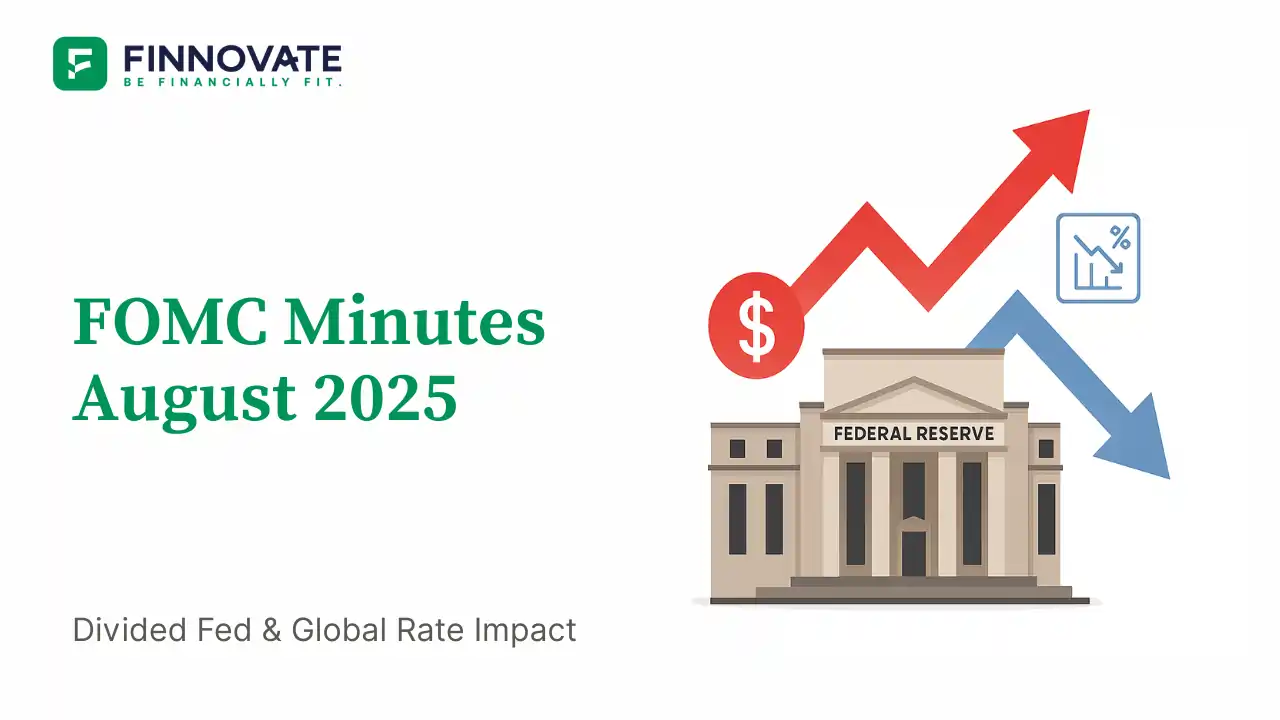
By

The minutes of the Federal Open Market Committee (FOMC) meeting, published on August 21, 2025, revealed a sharply divided house. While the final decision appeared neutral, the underlying discussions showed widening fault lines between those who want to hold policy steady and those urging immediate rate cuts.
Why does this matter? Because when the U.S. Federal Reserve is divided, the ripple effects are felt across global markets, currencies, interest rates, and capital flows. The debate highlights the delicate balance between containing inflation and supporting growth - a trade-off that shapes the global cost of money.
Dissent within the FOMC is not new, but this time it is sharper. The key trigger is the reciprocal tariffs imposed by Donald Trump. The Fed has a dual mandate:
Tariffs complicate both. On one hand, they raise import costs, leading to higher inflation. On the other, they hurt business competitiveness, slowing job creation and weakening consumer spending. This two-sided risk has split the Fed into opposing camps.
Jerome Powell, along with several FOMC members, is in the status quo camp. Their belief is simple: tariffs are inflationary.
In other words, Powell’s group prioritizes defending against inflation - even at the risk of slower growth.
For the first time, the August 2025 meeting recorded two formal dissents. Chris Waller and Michelle Bowman pushed for an immediate 25-basis-point rate cut.
Their arguments:
The latest data backs their concerns:
For this camp, the greater risk is a prolonged slowdown in employment and spending.
For now, Powell’s status quo camp has the upper hand. But the balance is shifting. Political dynamics are also adding fuel - Trump has openly pressured Powell to resign, even though his position is constitutionally protected.
If Powell were to step down early, the Fed’s direction could change quickly, depending on his successor. Markets are closely watching the upcoming Jackson Hole Symposium, where further clarity on Fed thinking may emerge.
The bottom line: rates remain data-driven, but divisions make policy outcomes harder to predict.
A split Fed doesn’t just affect the U.S. - its consequences ripple worldwide.
In short, when the Fed hesitates, global markets wobble.
The FOMC minutes underline just how complex the Fed’s task has become: balancing inflation fears against growth risks amid political pressure.
For now, Powell’s camp is cautious, preferring to wait before cutting rates. But dissent is not going away. With growth weakening and politics heating up, the Fed may eventually lean toward cuts sooner than expected.
For global investors, one takeaway is clear: uncertainty is the new normal, and central bank divisions are here to stay.
Disclaimer: This article is for informational purposes only and should not be construed as investment, financial, or policy advice. Readers should consult professionals before making financial decisions.

Learn how to easily download your NSDL CAS Statement in PDF format with our step-by-step guide. Follow our instructions to log in to NSDL e-Services, download your account statement, and subscribe for
Read Full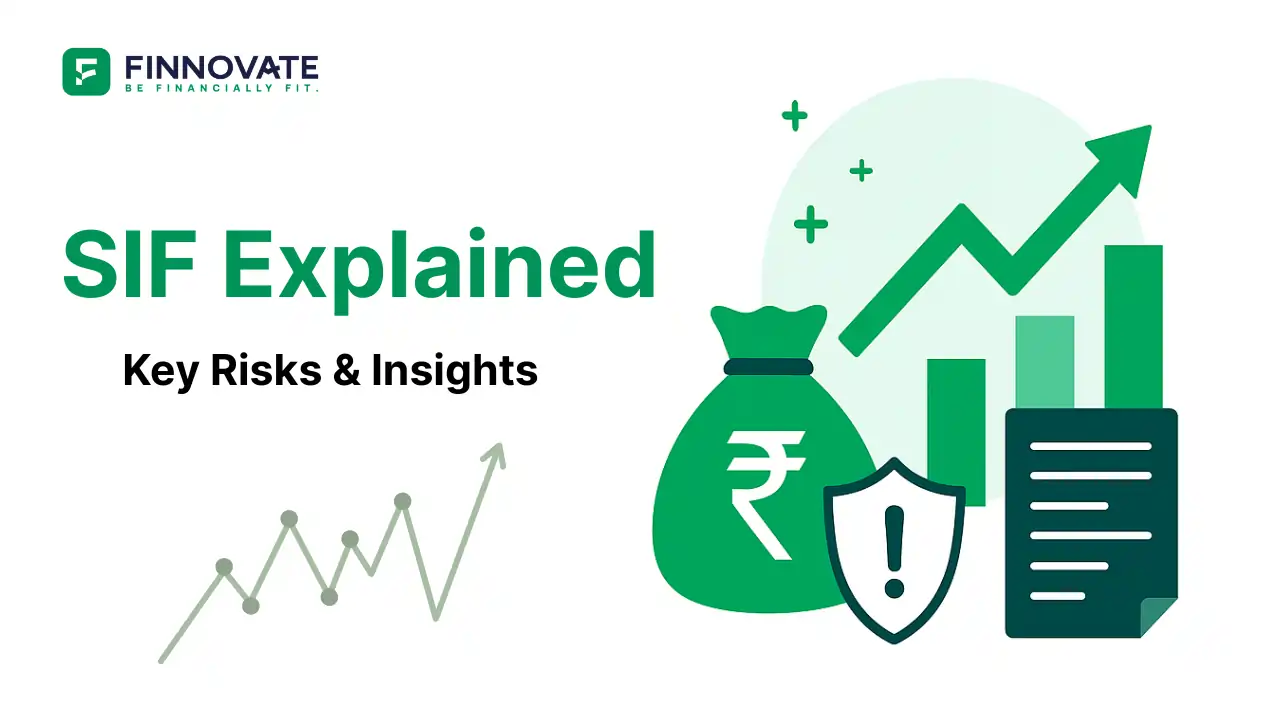
Explore what Specialised Investment Funds (SIFs) are, their benefits, taxation, minimum investment, how to invest, how they compare with mutual funds and PMS and latest developments in SIF space
Read Full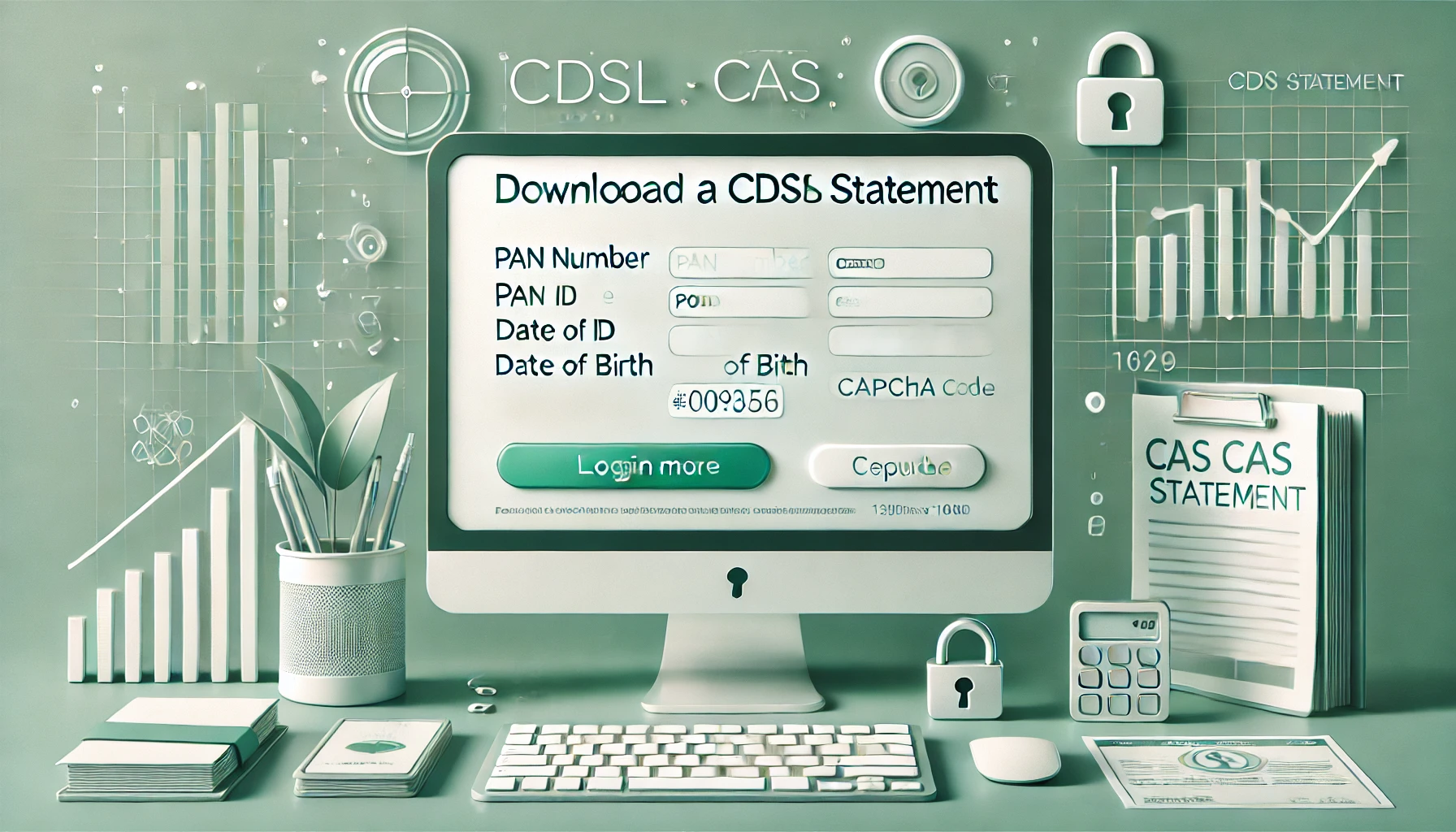
Learn How to Download Your CDSL CAS Statement with our step-by-step guide. Easy instructions for accessing your investment details online.
Read Full
Analyzing the potential economic impact of the 2025 India-Pakistan conflict on India's GDP growth, manufacturing sector, and foreign investment.
Read Full
Looking for the best financial freedom books? Here’s a handpicked 2025 reading list with summaries, why to read, and who it's best for.
Read Full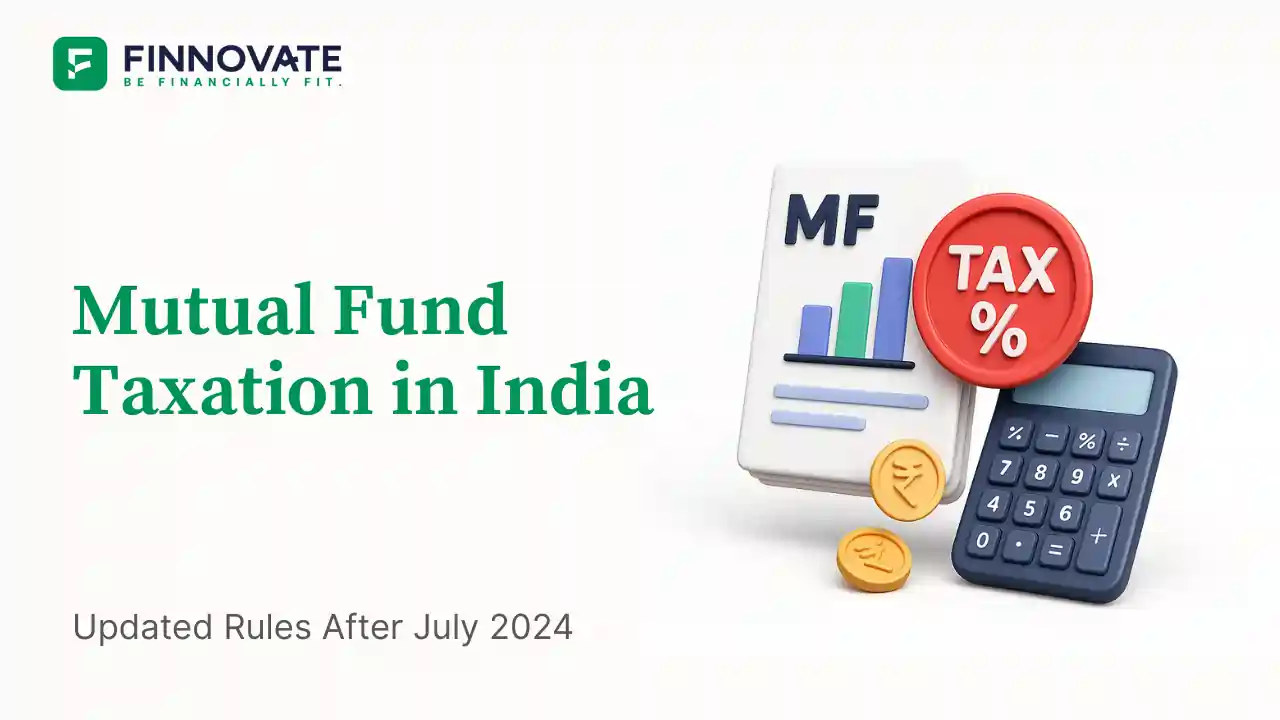
Clear guide to mutual fund taxation in India for FY 2025–26 after July 2024 changes: equity STCG 20%, LTCG 12.5% with ₹1.25L exemption, debt/hybrid rules, dividends, examples, tables, and FAQs.
Read Full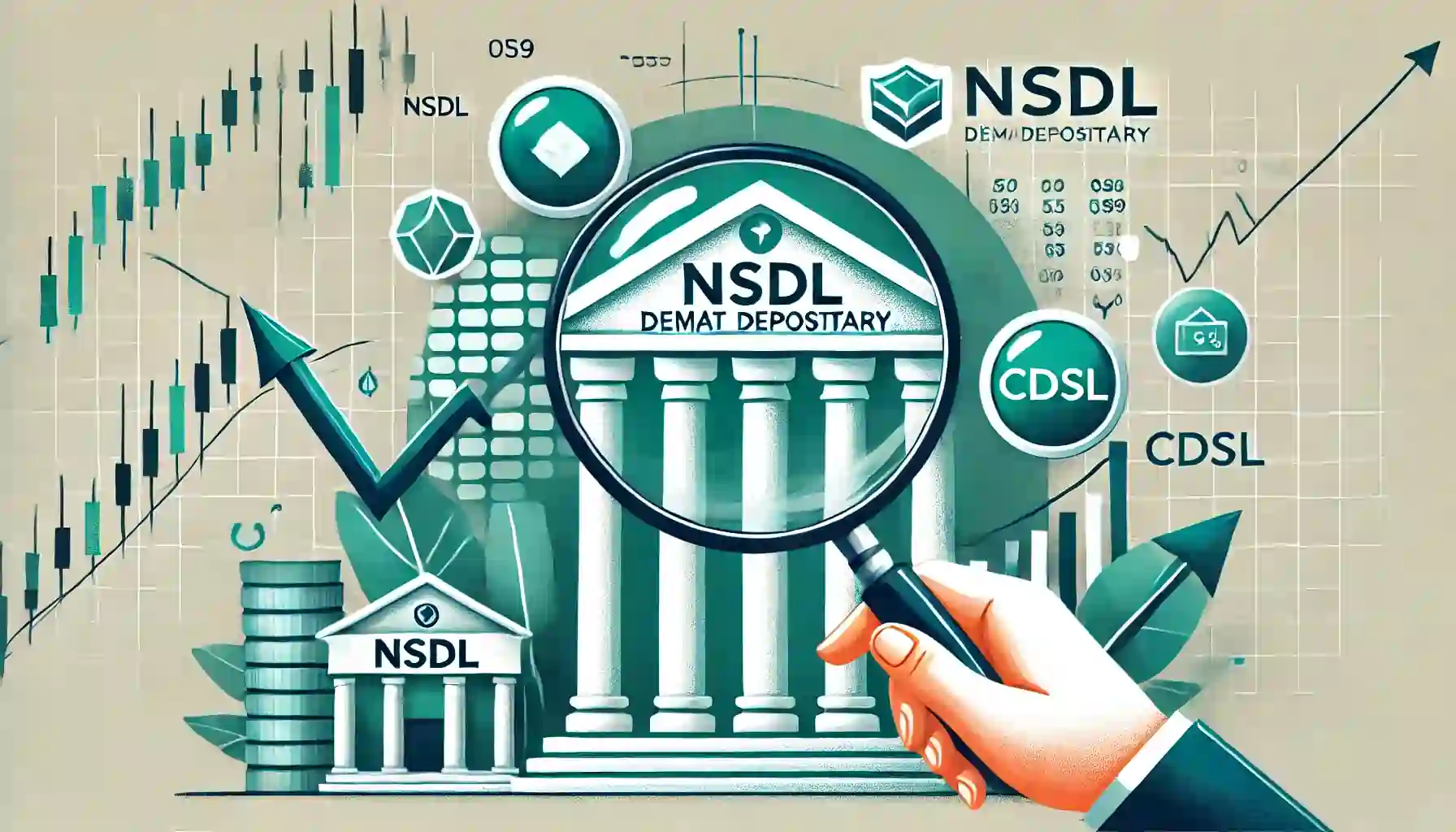
Determine if your Demat Depositary (DP) is NSDL or CDSL easily. Follow our guide to check using broking platforms or Demat account number formats
Read Full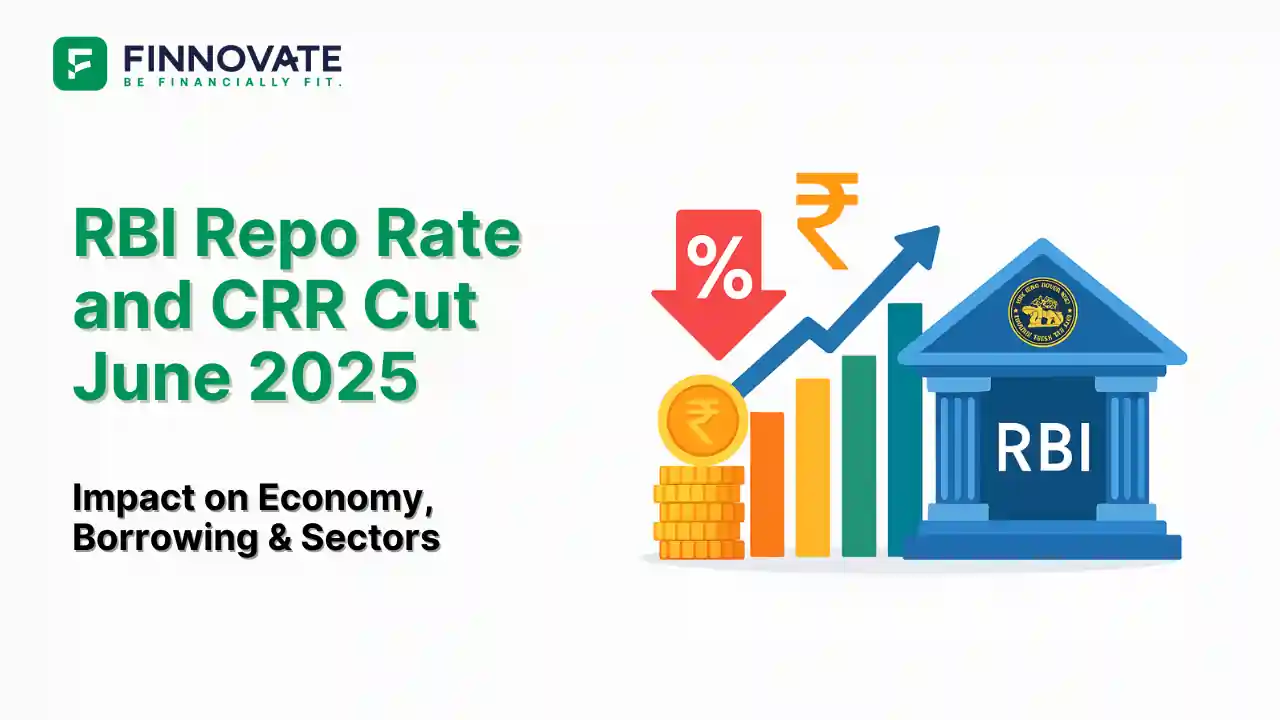
RBI cuts repo rate by 50 bps and CRR by 100 bps in June 2025 to boost growth. Learn how it impacts inflation, borrowing, sectors, and market trends.
Read Full